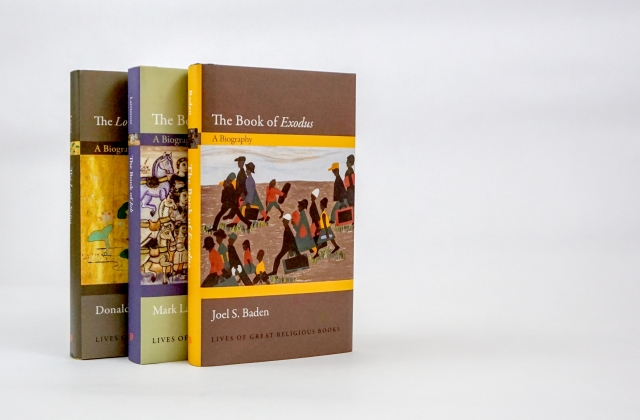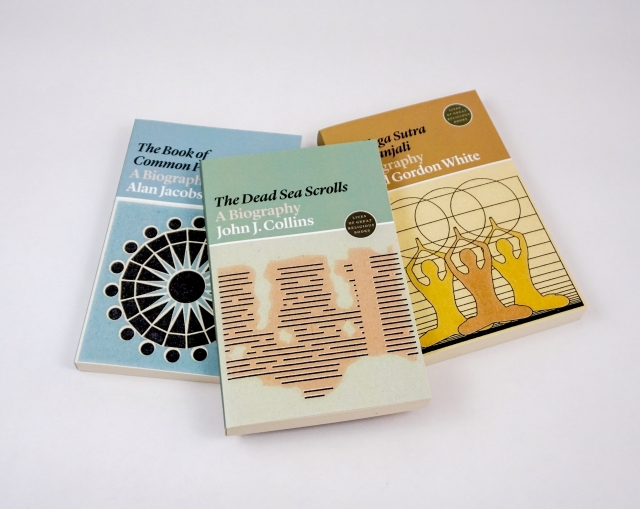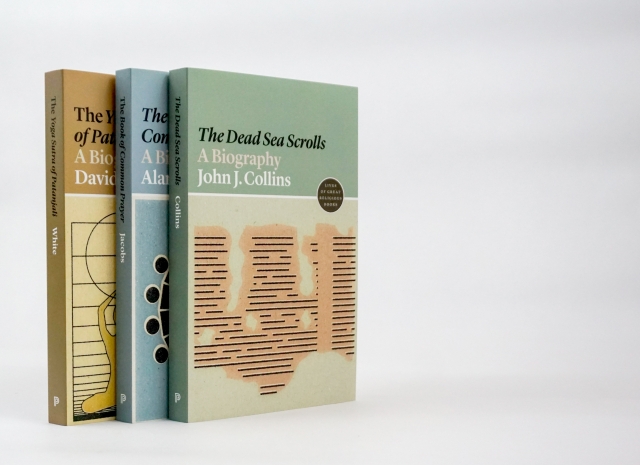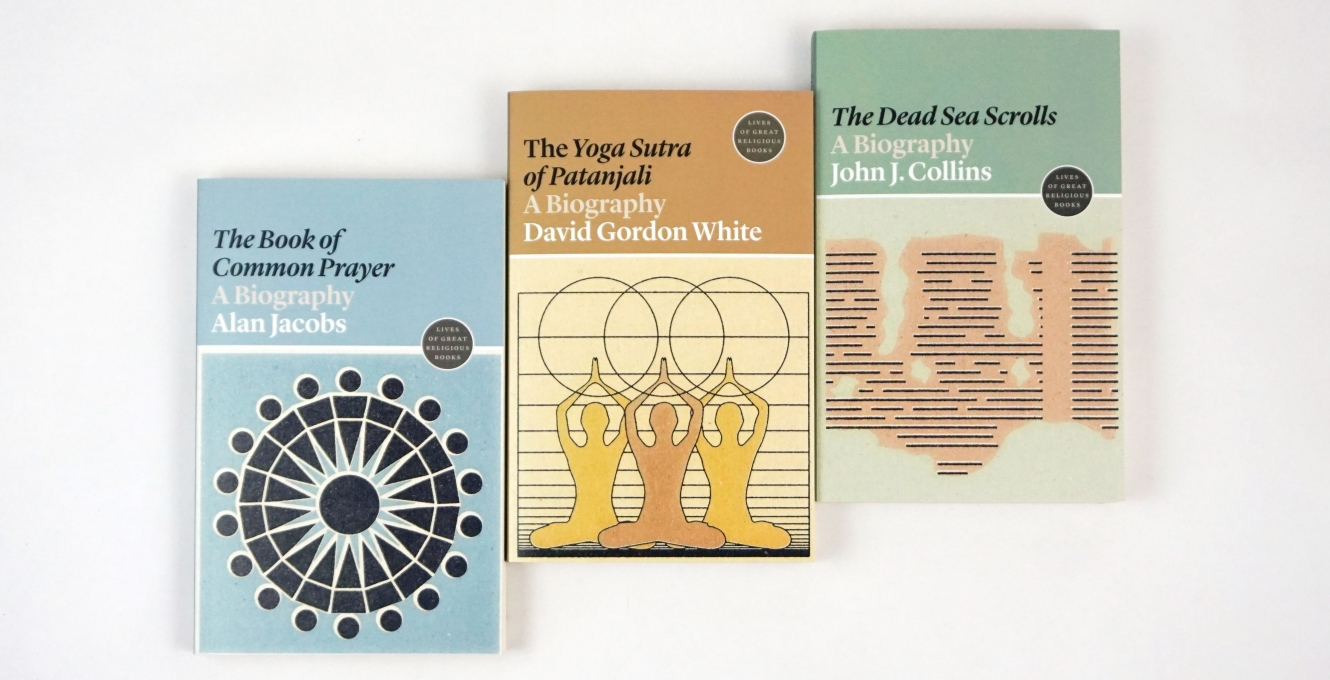Breath is an integral element of most religious traditions, scriptures, and practices. One recalls the narrative of creation in Genesis, the life-circulating force of prana in the Upanishads, or the drawing in and releasing of air that accompanies the dhikr, or remembrance of God, in Islamic devotional rites. It has a creative or restorative, invocational quality. It is fitting, therefore, that the Press’s Lives of Great Religious Books series has itself benefited from a breath of new life.

Launched in 2011, the Lives consists of short volumes, or “biographies,” tracing the historical origins and contemporary resonances of canonical religious texts, illustrating their vitality across time and space. In its original iteration, the series featured a three-panel framing device, an evocative central image, a dust jacket, and deckle edges, lending these books an air of scholarly authority analogous to the old vade mecums. But these editions could be costly and their appeal somewhat narrow. Thus, to address the need for a lower price point and a broader readership, as well as a fresh new style, the Press decided to repackage the Lives in paperback and begin releasing them in 2019.

Illustrator Daren Magee and designer Matt Avery were hired to execute the transition from a classic to a more contemporary aesthetic. What emerged, after several rounds of conceptualization, was a design package with both visual and textural élan. Gone is the framed artwork; in its place is the abstract illustration, rendered in flat color, slightly enigmatic. The Book of Common Prayer, for example, features a concentric circular pattern reminiscent of a rose window in a Gothic church, with the middle circle bursting forth like a resplendent sun. More representational is the image of three yogi raising their palms to overlapping orbs on the cover of The Yoga Sutra of Patanjali—a visual allusion to three components of yoga: the āsana (posture), dhyāna (meditation), and samādhi (absorption). The torn fragments of text on The Dead Sea Scrolls edition refer neatly to the eponymous scrolls, while also paying homage to their textuality. The symmetry of color palettes in each design is a testament to Magee’s and Avery’s successful collaboration.

Congruent with these visual elements is the books’ gritty matte finish, imparting the sense that reading is a tactile experience, as well as a visual and cognitive one. Holding the Book of Job in your hands, you can feel the coarseness of Job’s garments, the cruel roughness of his fate. The sands of the Judean Desert, where the Dead Sea Scrolls were found, are imaginatively present in the cover of that text’s biography. Each of these volumes has that palpable, weather-beaten quality, reminding us that some of the texts they document have been passed down to us through many generations, or else (for those less ancient) were forged through strife and distress.

And yet, for all their hard-earned solemnity, we find these books—their stories, instructions, messages—revitalized, brought home to us in a captivating new way.
